New impetus to transformation confronts old barriers
Just when strong external forces used a pry bar to open the door to substantial innovation in post-secondary education, observers of transformation have been reminded that decades-old attitudes, policies and prejudices promoted by the incumbent hegemony will push hard to keep the door shut, regardless of the interests of students or their preference for real, tangible and immediate instructional modalities.
Writing in EdSource, Faith Kirk describes her experience as faculty member in adopting to effective on-line instruction in response to the pandemic. Kirk implores post-secondary education institutions to “rethink how to do what we do and why. Those lessons, however messy and difficult, were well worth learning.” Despite the challenges derived from mastering on-line instructional technology, internet connectivity, balancing demands of homelife/work life when working remotely, Kirk insists that when institutions focus solely on the problems, they risk missing an important opportunity to transform. https://bit.ly/3CTLUa6
“Start building the kind of inclusive, high-quality online instruction that faculty can really get behind,” Kirk advises. Invest seriously in technology, pedagogy, instructional materials, and instructor training.
The caveat she identifies is rarely mentioned in contemporary transformation discourse. But it merits attention: resistance to the privatization of education, however that may be defined.
Qualifiers are apropos because education at all levels in the U.S. has always relied on the private sector for a substantial chunk of its operational resources, from real estate acquisition and facilities construction, to utilities, equipment, supplies, logistics, and a wide variety of general consumables. On the education side, colleges and schools have leaned on the private sector for instructional materials and supplies, including textbooks, multi-media resources, classroom equipment and support materials: in essence, curricular content, as well as curricular design.
In the technology era, partnerships with proprietary vendors have driven the adoption and wide-scale use of Learning Management Systems and on-line curriculum delivery resources by for-profit, public, and non-profit institutions. The line between the unique intellectual property of a faculty member or department and comparable content in the public domain is thin indeed, if not obliterated.
All driven by external forces and considerations which have little to do with public good versus private enterprise. The proliferation of innovation, experimentation and creative collaborations in non-traditional instructional modalities has been accelerated by the pandemic but manifest mostly in entrepreneurs with proprietary support. Their end users are the general public and most of their institutional customers are public and non-profit institutions. Given that context, private education versus public education may be viewed as difference without distinction.
During the Covid-driven pivot to non-traditional instruction, actions to “swiftly outsource online instruction to private companies” have been deemed reactionary by some. Kirk reiterates the concern that such outsourcing “poses a serious threat to the future of public education.” At the same time, Kirk adopts a more contemporary perspective that “… the fantasy of college life — happy-go-lucky students living and studying together on the grounds of a pristine, ivy-clad campus — does not match reality for many college students. Most of us at brick-and-mortar universities underestimated our students. We thought they would struggle to pass courses. We thought they would not attend events. We thought they might drop out. We were wrong.”
Her reflections acknowledge that time, funds and training are needed to build “high-quality, inclusive online courses faculty can be proud to offer. Online courses offer a welcome alternative to traditional, in-person learning environments. Dismissing online education entirely to keep privatization at bay means dismissing the needs of students and faculty alike.”
Is the resistance to private participation in the development and delivery of education based on evidence or data? To the contrary, the threat posed by proprietary education to public schools at all levels is superficial at best. Martin R. West writing in EducationNext notes that “the share of students in grades attending private schools peaked at 15 percent in the late 1950s and has fallen more or less continuously since, reaching less than 9 percent in 2015.” He summarizes that the share attending non-public schools over time has not changed substantially, and indeed, efforts of the privatizers have done “no more than moderate the private sector’s decline.” https://bit.ly/2Wme3r2
Assessing the forces of change wrought by the pandemic, politics and demographics, West acknowledges different tastes, and choices are in play.
“Seventy three percent of parents now say they are willing to have their child take some high school courses via the Internet—a jump of 17 percentage points over 2009,” West said.
Furthermore, he underscores the premise that the forces of change are responded to most effectively by education entrepreneurs and practitioners of transformation: “When schools were forced to close their buildings, charter schools pivoted more effectively than their district counterparts, offering a more robust program of remote instruction and producing higher levels of parental satisfaction… Charter schools managed by for-profit firms—a breed often singled out for criticism —were particularly agile in reacting to the coronavirus.” https://bit.ly/3AMq33Y
Ever a proponent of the long view, West notes that pandemic-generated lapses in on-the-ground instruction have a silver lining relative to catalyzing transformation: “When historians look back, they may find that one of the most fertile periods for education reform was a time when many schools were not even physically open.”
Anthony S. Bieda
